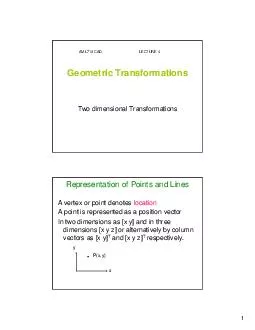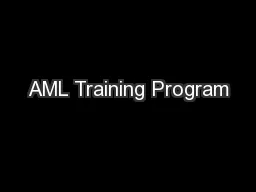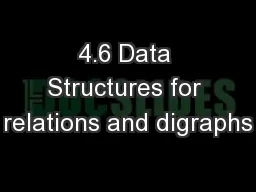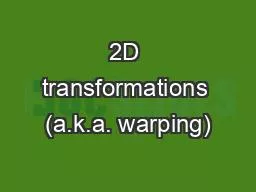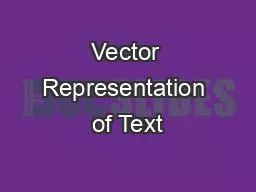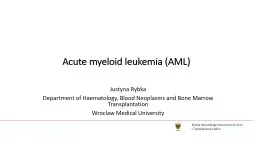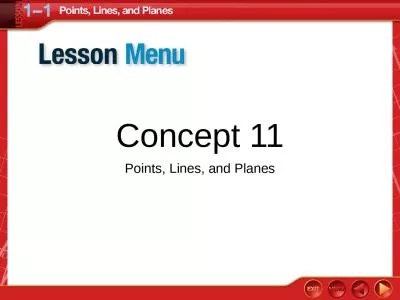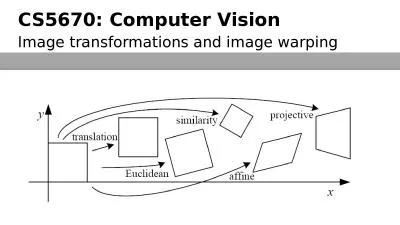PDF-Geometric Transformations Two dimensional Transformations AML CAD LECTURE Representation
Author : giovanna-bartolotta | Published Date : 2014-12-16
Pxy brPage 2br GeometricTransformations A geometric object is repres ented by its vertices as position vectors A geometric transformation is an operation that modifies
Presentation Embed Code
Download Presentation
Download Presentation The PPT/PDF document "Geometric Transformations Two dimensiona..." is the property of its rightful owner. Permission is granted to download and print the materials on this website for personal, non-commercial use only, and to display it on your personal computer provided you do not modify the materials and that you retain all copyright notices contained in the materials. By downloading content from our website, you accept the terms of this agreement.
Geometric Transformations Two dimensional Transformations AML CAD LECTURE Representation: Transcript
Download Rules Of Document
"Geometric Transformations Two dimensional Transformations AML CAD LECTURE Representation"The content belongs to its owner. You may download and print it for personal use, without modification, and keep all copyright notices. By downloading, you agree to these terms.
Related Documents

